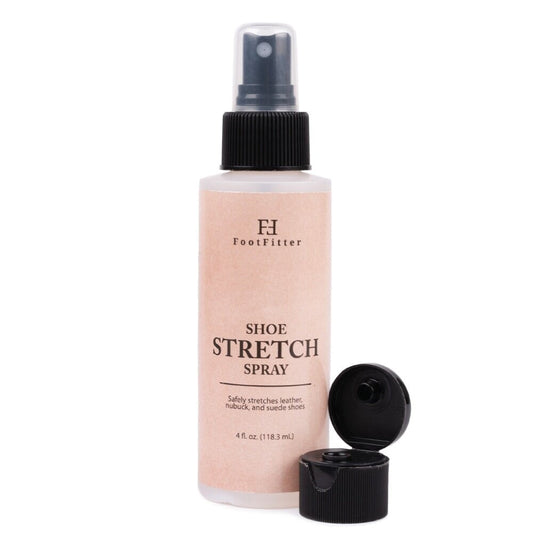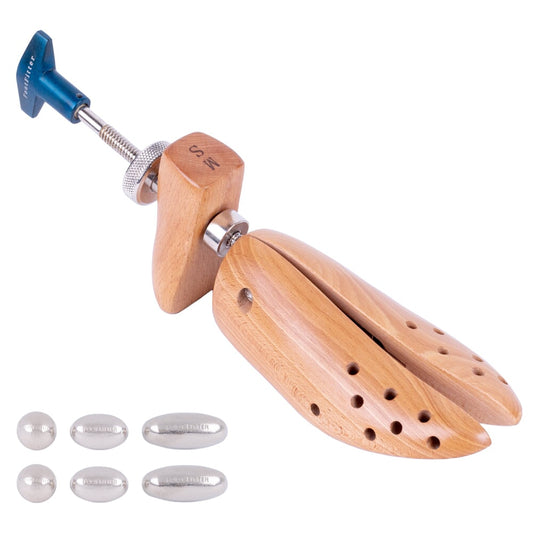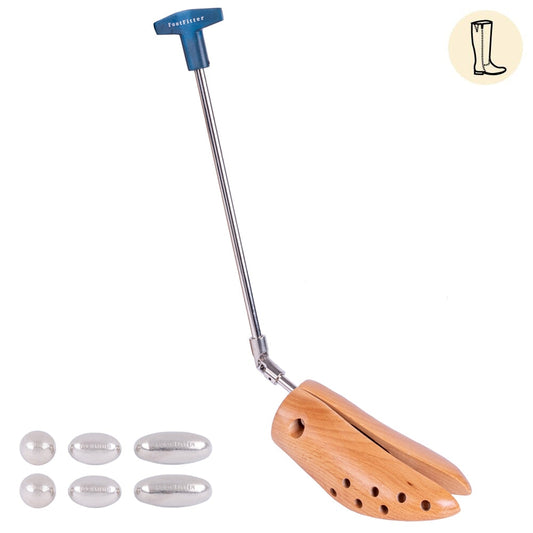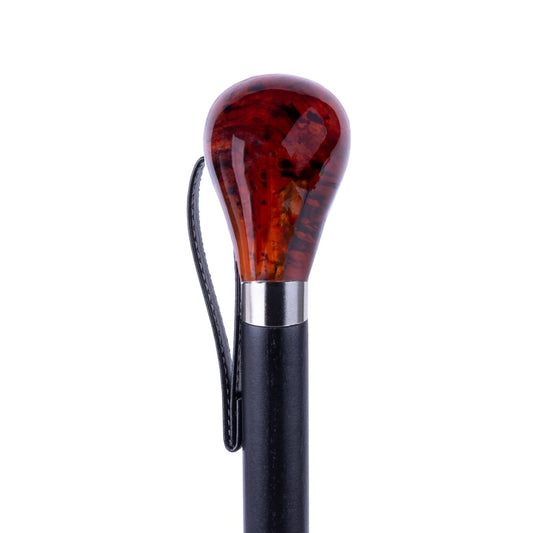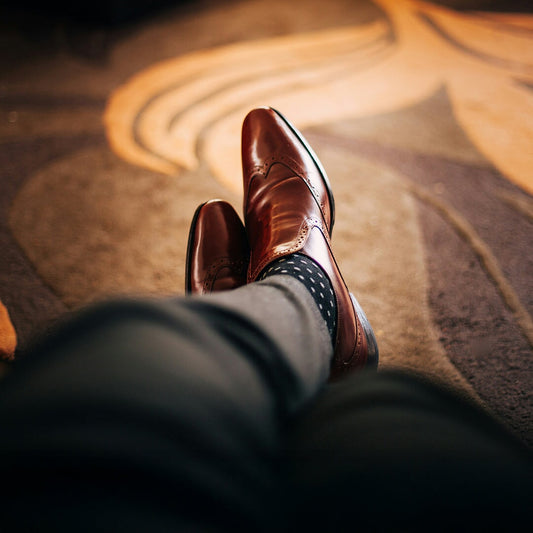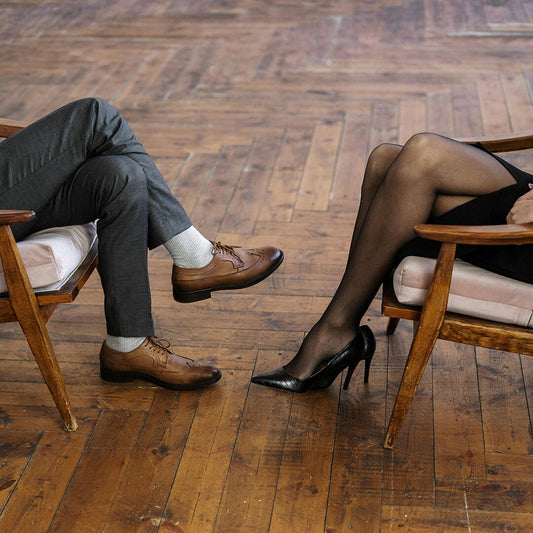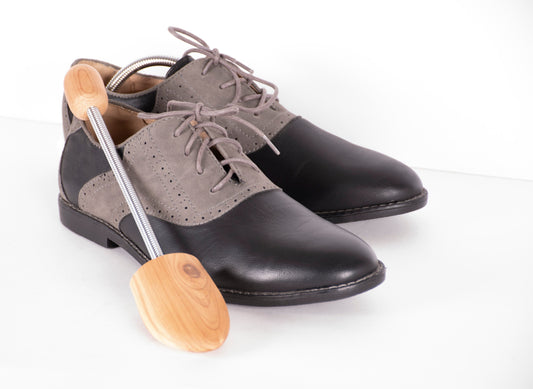
How to Care For Your Cowboy Boots
Share
It’s important to know how to care for your cowboy boots, especially if they are made from exotic materials. Performing routine maintenance will ensure they last for a long time.
That being said, cowboy boots are made from different types of animal leather — from traditional cowhide to exotic materials like snakeskin, alligator, ostrich and even shark, just to name a few.
It’s crucial that you know how to clean each type of material to avoid damaging your precious footwear.
Cleaning Your Boots
If you wear your boots on a regular basis, use a horsehair brush or a clean microfiber towel to remove dust from the footwear. We recommend doing this after each wear or every couples of days.
It only takes a few minutes, but it can make a big difference down the road. Dust can build up in the crevices of the boot, which can lead to damage to the leather.
For Cowhide Leather

Should there be more stubborn stains, use a slightly damp cloth — NEVER SOAKING WET — to remove the debris
You can also use a leather cleaner or saddle soap if the stains don’t easily come off.
Dry your boots before conditioning them, especially if you got them wet during the cleaning.
Remember not to leave your boots in the sun or use a blow drying to dry the leather.
For Exotic Leathers
The most you’ll want to do when it comes to cleaning most exotic leathers is to dust them off. You’ll want to dust your boots after each wear.
Remember to use a horsehair brush or a clean microfiber towel to avoid damaging the leather.
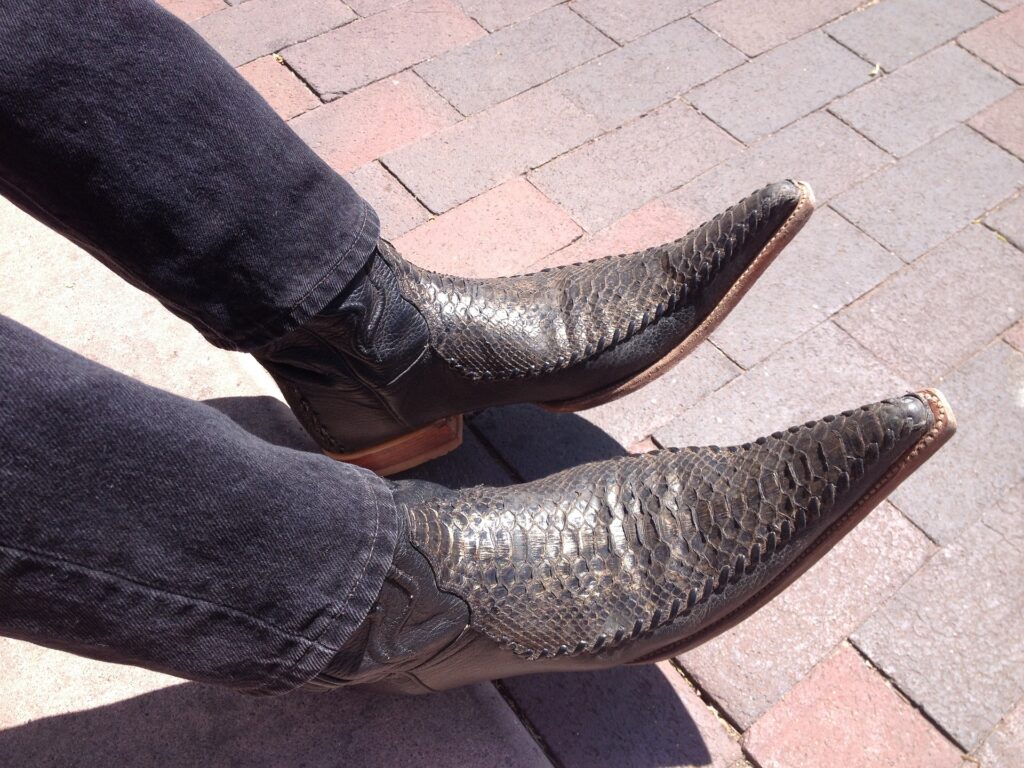
Never let dirt or mud sit on top of the leather as it will shorten the life of the material.
Some exotic leathers — such as snakeskin, lizard and fish skin — can be sensitive to water, so use a lightly damp microfiber cloth if there is a stubborn stain.
When dusting snakeskin, make sure to brush with the grain. Going against the grain can pull up the scales, which can then fall off.
The exceptions are boots made from alligator, crocodile, stingray or shark. These are among the toughest, most durable animal leathers you can buy and can handle more water than other leathers. Just make sure not to soak the leather as it can still damage the material.
Make sure to dry the leather with a clean cloth if you do choose to use water to clean your boots. Never use a blow dryer or leave your boots in direct sunlight to dry them.
Conditioning Your Boots
Conditioning the leather is a crucial step if you want the material and your footwear to last a long time, regardless of the type of leather your boots are made from.
That being said, you are going to want to pay attention to what kind of leather conditioner you use. The conditioners will vary depending on the types of leather your boot are made out of.
You can’t just use conditioner meant for cowhide on crocodile or snakeskin and vice versa. Doing so will damage the leather.
For Cowhide Leather
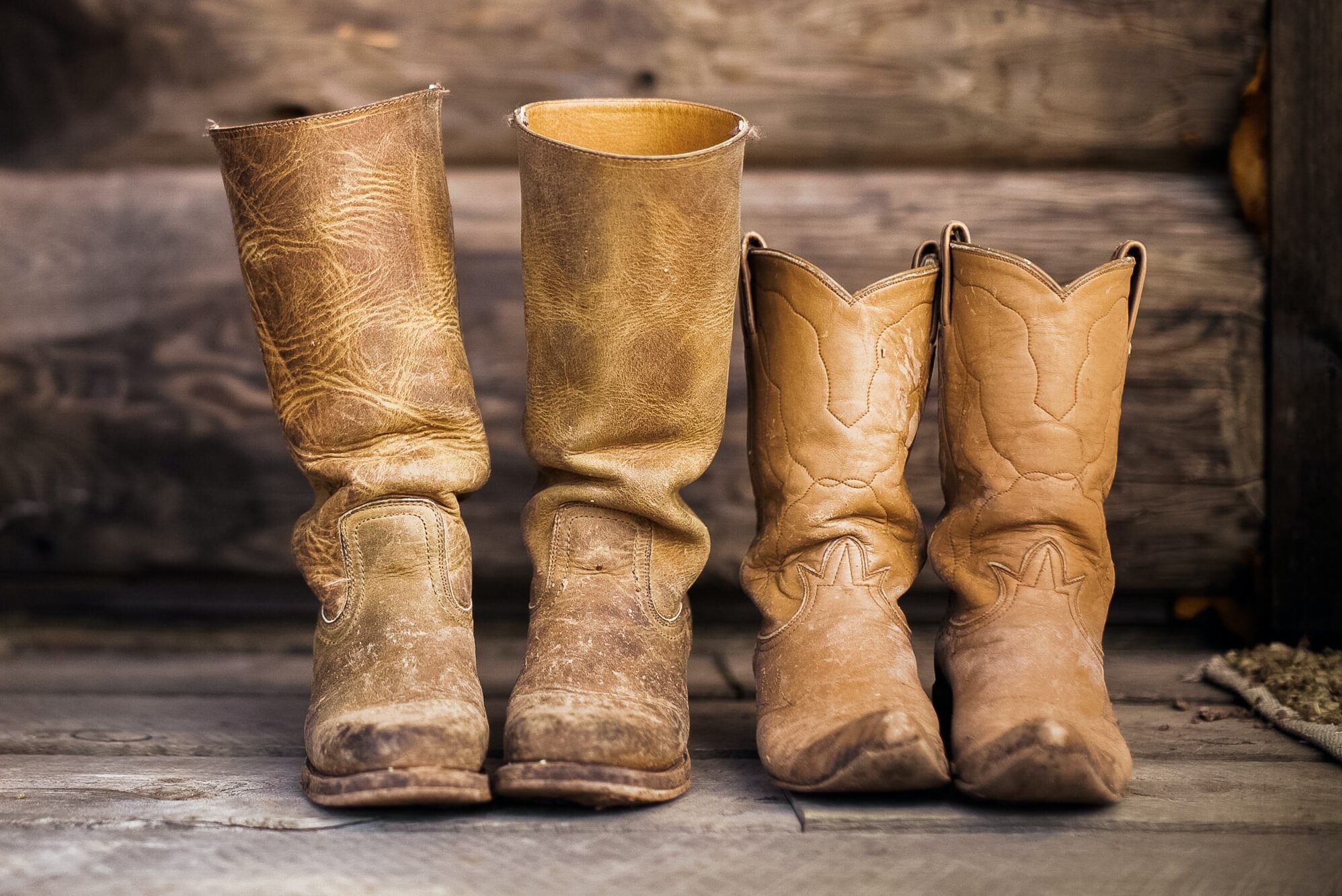
After you have cleaned your boots, grab your cowhide leather conditioner of choice and apply small portions of it to the leather.
With a microfiber cloth, rub in the conditioner into the material in small circular motions until the conditioner is fully absorbed into the leather.
You can then opt to polish your boots if you want it to have a shiny finish.
For Exotic Leathers
Use a conditioner specifically meant for exotic leathers. These conditioners will contain either neatsfoot oil or lanolin to provide your exotic leather with the hydration it needs.
Whichever conditioner you go with, always test a small spot on your boot to make sure it does not harm the leather.
Add a thin layer of conditioner all over the exotic leather and wait until it absorbs into the material.
If your exotic leather boot has a cowhide leather interior, make sure to condition the inside of your boots as well. Make sure the interior of the boot is fully dry before wearing them.
Avoid conditioning older snakeskin that was tanned using salt. Adding conditioner to this type of leather will dry out the material and make it brittle.
Storing Your Cowboy Boots
Properly storing your boots when you’re not wearing them is important to ensuring your footwear lasts a long time.
Place an appropriately-size boot tree in your boots when you’re finished cleaning and conditioning your boots or after a day of wearing them out.
What the boot tree will do is maintain the shape of your boots when you are not wearing them. Our boot trees, which are made from cedar, will also absorb any excess moisture that has built up in your footwear after a day of wearing them.
Next, you’ll want to store your boots in the closet, preferably one that is slightly cool and not extremely humid.
Avoid leaving your boots out in an area that is too hot or too humid as those conditions can deteriorate the leather.
Main image by Megan Bucknall via unsplash


